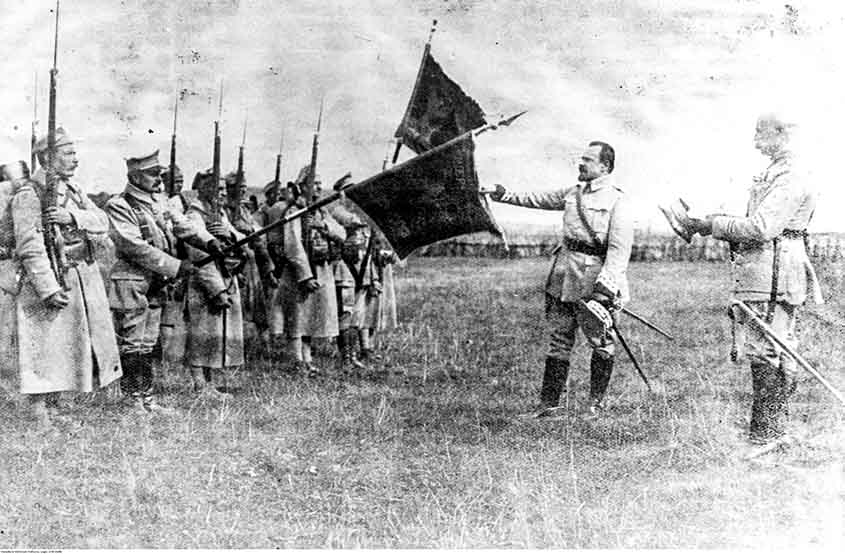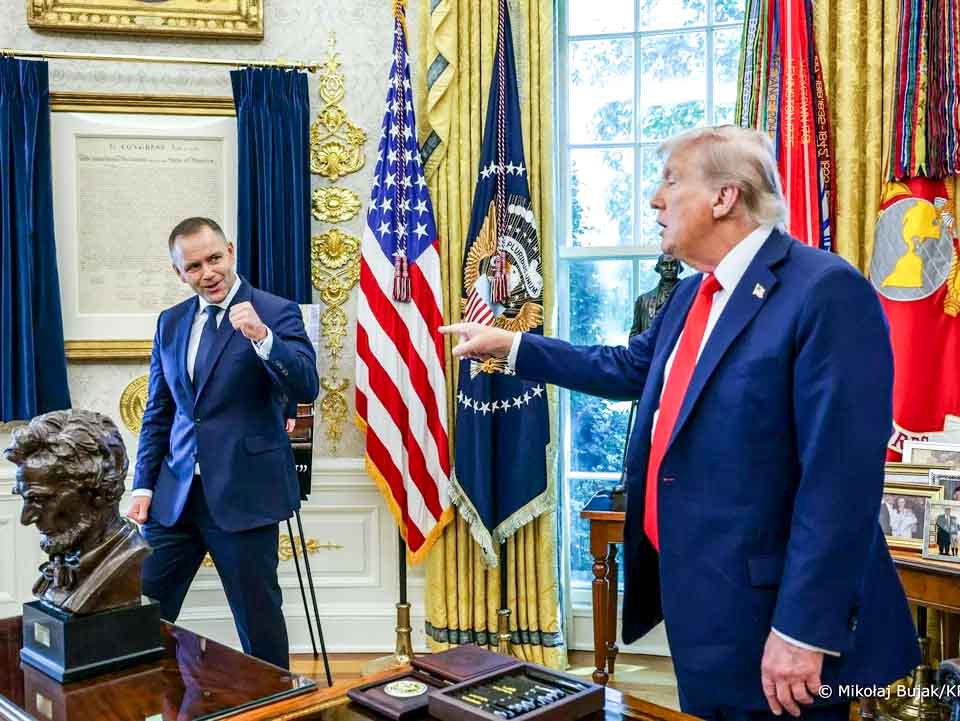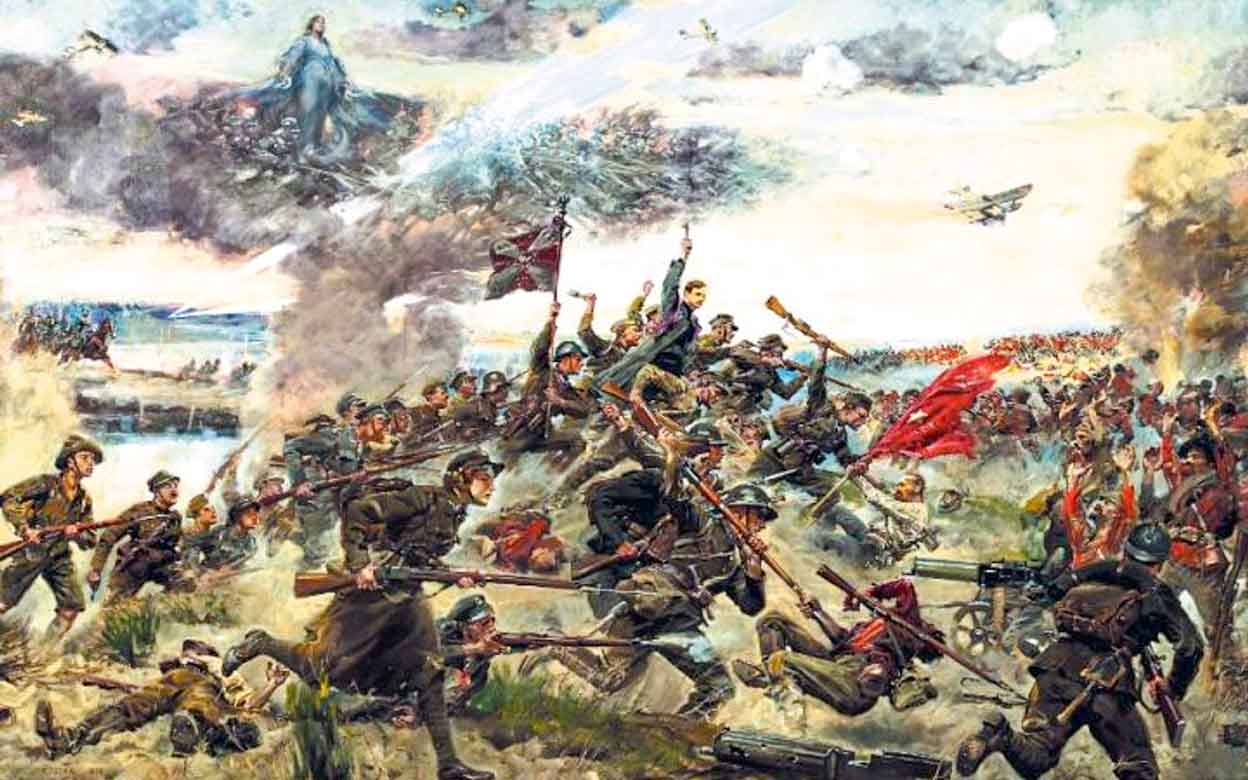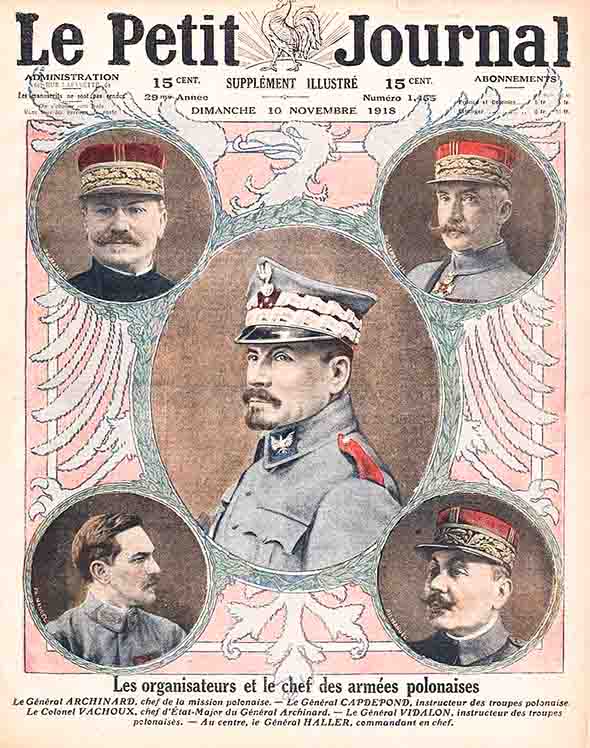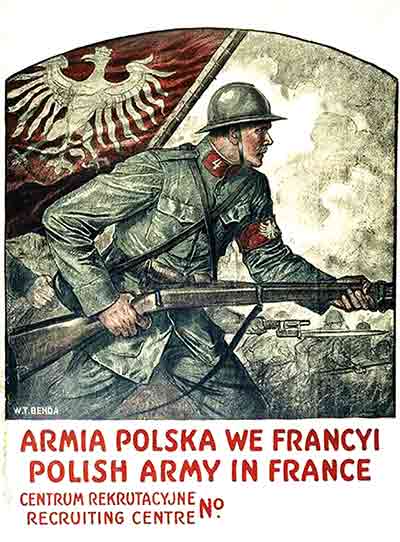On June 4, 1917, the Polish Army in France was established. In 1960, also on June 4, its commander, General Józef Haller, died. The history of this formation shows how important for Poland is the connection with the Polish diaspora and Poles living in exile. Without them, regaining independence after World War I and defending it in the years 1919-1921 would have been impossible.
Poland's regaining of independence in 1918 [after 123 years of partitions - ed. note] is one of the greatest achievements in the history of our nation. Freedom and sovereignty had to be wrested from not one, but three empires. Every inch of the borders of the reborn state had to be fought for with arms and diplomacy. Success was possible thanks to the efforts of many different groups and organizations, often with different views. We owe it to Poles working for the Polish cause under the partitions, as well as to those scattered all over the world, forced to emigrate, who did not abandon their identity, and at the key moment were ready to engage their time, energy, financial resources, and in many cases even their health and lives, to join the fight for independence.
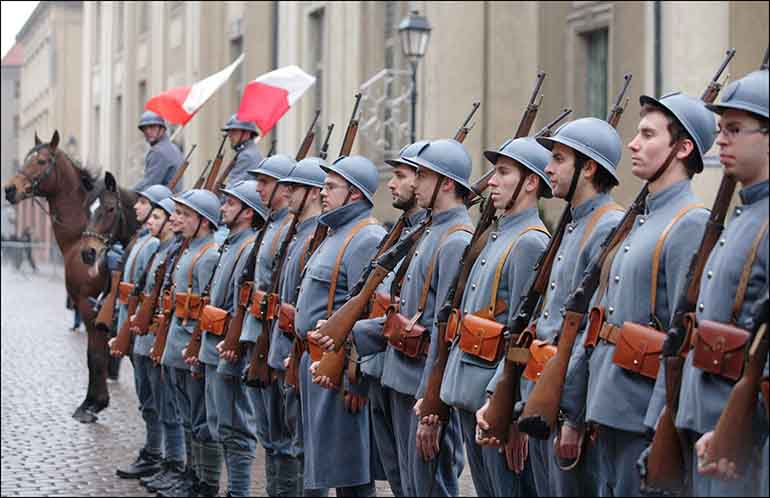
A reconstruction group recreates the Blue Army, Toruń, Photo: Daniel Pach (Source: DlaPolonii.pl)
In this way, from the will to fight and determination of the Poles themselves, begins the history of the Polish Army in France, also known as the Blue Army or – after its commander – Haller's Army. This formation was established on June 4, 1917 by decree of the French President Raymond Poincaré. This would not have been possible if not for the many years of efforts by Polish circles to gain the support of the great powers and the determination with which they sought to rebuild an independent state during the Great War. This attitude first persuaded Germany and Austria-Hungary to make the Poles a promise to rebuild the Kingdom of Poland in exchange for fighting in their ranks against the Entente countries (1916), and then – based on the domino effect – France, Great Britain and the United States to present a credible counterproposal (1917).
The Polish cause was additionally helped by the worsening situation in Russia, which struggled with internal chaos after the February Revolution, and shortly after the October Revolution broke off relations with the Entente and withdrew from World War I. At that time, Polish circles that had previously been betting on the Russian card, led by Roman Dmowski, turned to an alliance with the West, while the Western powers were even more inclined to win over the Poles against Germany and Austria-Hungary, because they had lost their previous ally in the East.
The nascent Polish Army in France thus gained a political base that the West recognized as the official representation of Poles at the Entente's side. This was the Polish National Committee (Komitet Narodowy Polski, KNP) established in August 1917, a substitute for the Polish government, whose members included Roman Dmowski and Ignacy Jan Paderewski, who was the organization's main representative in the USA. In July 1918, Józef Haller, who had previously commanded Polish units fighting at the side of Germany and Austria-Hungary, would also join the Committee, but with time he realized that an alliance with the Central Powers would not allow for the reconstruction of an independent Poland, so he changed sides.
The KNP played the role of the political superior of the Polish Army in France. The Entente recognized it as an "autonomous allied army fighting under exclusive Polish command". The cost of providing the Polish army, its armament and uniforms was assumed by France. The formation quickly gained the name of the Blue Army - from the color of the uniforms it was issued. It was to consist of volunteers. It quickly turned out that there was no shortage of them. The Polish Army was reinforced by Polish volunteers from France and neighboring countries, prisoners of war who had previously been forcibly incorporated into the armies of the Central Powers and were captured during the war, as well as representatives of the Polish diaspora from overseas, including Brazil, Canada and, above all, the USA. The number of soldiers in the Blue Army in 1919 is estimated at about 70,000, of whom over 20,000 were Poles who had arrived from the United States.
Initially, the Army was commanded by French officers, but in 1918, command was entrusted to General Józef Haller. It was the best equipped and most numerous Polish military formation during World War I. It was a strong trump card in the hands of the KNP, which led the political fight for the shape of the future Polish borders. In 1919, the Blue Army was transported to Poland. On the spot, General Haller's soldiers played an invaluable role in the fights for the Polish borders, primarily in the Polish-Ukrainian war and defending the country from the Bolshevik onslaught (1919-1920). It is hard to imagine that without the Blue Army, Poland would have managed to save its hard-won independence. This page of history shows how great a strength and capital Poland has the Polish diaspora and Poles abroad.
Unfortunately, in 1920, they were not treated with due respect. After the Blue Army was disbanded and most of its soldiers were incorporated into the Polish Army, about 10-12 thousand volunteers from the USA were demobilized and left to their own devices – without money, food, or prospects of returning to America. This should also be remembered and appropriate conclusions drawn so that we do not make similar mistakes today and take care of those who are ready to engage for the sake of Poland.
Translation from Polish by Andrew Wozniewicz.







